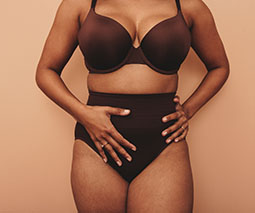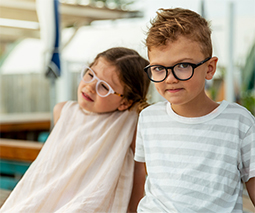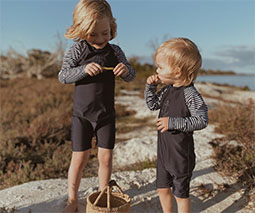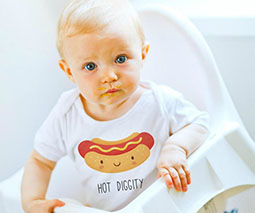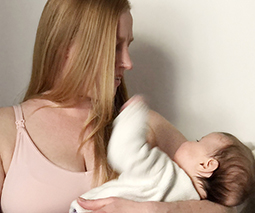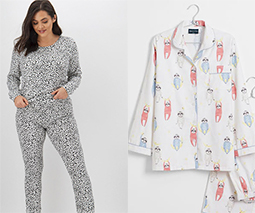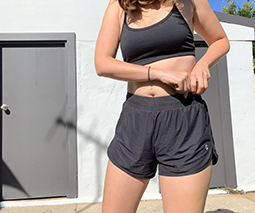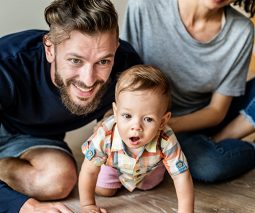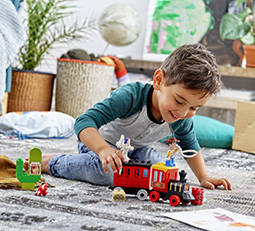Guide to buying Baby and Toddler Shoes
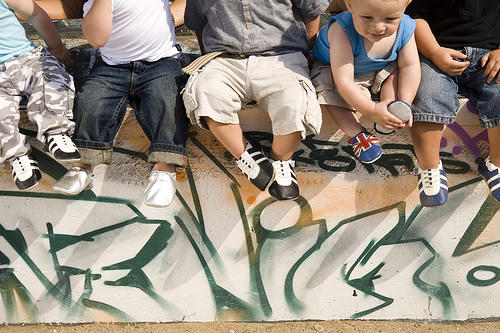

So you’ve decided to buy the first pair of shoes for your bub? You know it should be a fun trip to the shops but there are so many questions flying around your head… When is the right time? What is the
correct type of shoe? Do I have to spend a fortune if they are going to outgrow them so quickly? What about soles?!!
Lucy Jackson, the owner of Beautiful Soles has put together a very informative guide to help you find the best shoes for toddlers. She answers a lot of questions we all wonder so its worth reading through this information.
Beautiful Soles all started because my daughter Madeline contracted a bone infection and nearly lost her leg at 11 days old. I was anxious about her ability to walk correctly so when she started crawling I spoke to podiatrists and paediatricians about the best type of footwear. They were unanimous in their praise for soft, flexible soles for babies and toddlers learning to crawl and walk – anything else can restrict the growth and movement of the young, soft foot bones. Lucy and her best friend Alison Henry and I started Beautiful Soles because we struggled to find high quality soft soled leather shoes that were wide fitting and durable but also modern and stylish. Madeline is now 4 and has two perfectly wonderful legs and runs at speeds of around 100kph!
Shoes are probably the hardest item of clothing to choose but are also the most important as feet are one of the most complex parts of the human body, with 26 bones, 33 joints and over 100 muscles and ligaments. They handle pressures of two times your body weight with each walking step.
Studies show that barefoot is best for healthy foot development and confining shoes with heels or arch supports can negatively affect the development of the foot and cause problems through to adulthood. Medical research has also shown that in countries where footwear is not used there is an almost total absence of foot problems as an adult.
Of course, barefoot is not always a practical option so here is a guide on what to look for when purchasing your bubs first shoe!
Is that the time already?
When do you start putting your little bundle of joy into shoes? Well, if it’s the right type of shoe and you feel there is a need, then when they start crawling is a good time to start looking. Once you see how scuffed the toes get on a crawler’s shoes you’ll know why – better the shoes than those precious little piggies! Full leather soft sole baby shoes with elastic ankles are recommended at this time as they will protect the toes from floorboards, stone or tile floors, and suede soles can offer traction. This type of shoe still allows full spectrum of movement to help get them off the starting blocks!
Expensive isn’t always best
Be warned! There are some crazy prices when it comes to children’s shoes but buying the most expensive pair in the store is not always the best choice. You are often paying for a designer name and not the quality of the materials and research involved in the making of the shoes. Buy shoes from reputable companies designed specifically for toddlers and young children. A young child’s foot is a different shape from that of an adult or teenager, requiring a correspondingly much bigger toe area than the shape of an adult shoe. Many shoe manufacturers children’s shoes are simply scaled down versions of adult shoes.
Wiggle Room
Allow at least 1cm from your baby’s toes to the top of the shoe. A common mistake parents make is to leave the baby in their stroller while trying shoes on. Unfortunately, lots of children’s shoes are made far too narrow so the best way to avoid a narrow fit is to stand the baby up so that he or she can place enough weight to allow the foot to completely expand. That way you can also make sure that there is enough room for your baby’s toes to spread freely which will not only promote comfort and healthy foot development but will also aid balance (which is tricky enough to master at this age!). It is also worth applying the ‘wiggle room’ rule to socks, sleepsuits and tucked in bed sheets too.
Also, as tempting as it is when we see the price of some shoes don’t buy extra large shoes that they will ‘grow in to’ as this makes walking harder and falling easier!
Sole seeker
For the first shoe you really need to simulate barefoot conditions as much as possible. Look for shoes with no arch, heel or ankle support and soft flexible soles. Shoes made from natural, absorbing cloth or leather are preferable to synthetic materials as babies feet sweat more than adults.
Once your baby is an established walker a flexible rubber, non-slip sole can be worn but make sure the shoe bends where the foot arches naturally, not just the toe area. On average your child’s feet will grow two full sizes a year until age four or five so regular measurements are essential.
Where’s the other shoe gone?
Baby shoes that are held on with elastic around the ankle are great as they make it almost impossible for your little Houdini to pull them off. They also keep baby’s socks from disappearing during the colder months. When they move on to the next shoe make sure it has sufficient fastenings, Velcro or long laces for double knots – there is nothing more annoying than getting back home to see one of your carefully chosen shoes has been left behind!
Our Top Ten picks for shoes on Babyology:
